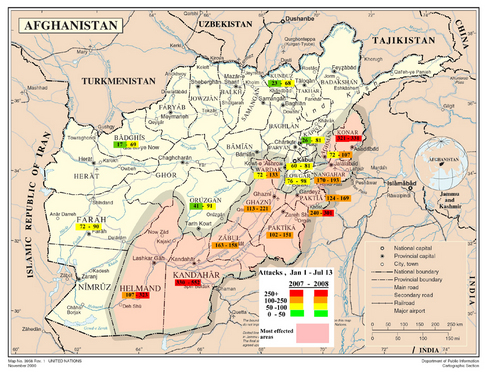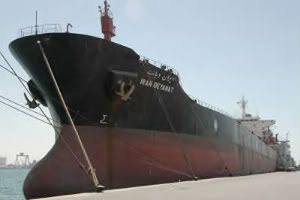O.W., le Figaro, avec AFP et AP

Le groupe Ansar al-Fath (« partisans de la victoire »), fondé en France en 2003, s’était donné pour but de « préparer et aider les moudjahidins à faire le djihad ». Safé Bourada, son créateur, a été condamné jeudi à 15 ans d’emprisonnement par le tribunal correctionnel de Paris pour « association de malfaiteurs en relation avec une entreprise terroriste » et « financement du terrorisme ». Huit autre membres, jugés à ses côtés, ont été condamnés à des peines allant d’un à neuf ans d’emprisonnement.
Safé Bourada, islamiste salafiste radical, avait déjà écopé de dix ans de prison en 1998 pour son rôle logistique dans les attentats de 1995 à Paris. Il était sorti de prison en 2003.
Le tribunal a estimé que le Français d’origine algérienne, était bien le créateur et le responsable idéologique de cette cellule terroriste qui militait pour le djihad armé. Il a aussi considéré que la formation aux explosifs, suivie en février 2005 au Liban par l’un des prévenus, Kaci Ouarab, 31 ans, avait pour but de perpétrer des attentats en France. Celui-ci avait ainsi passé deux semaines au nord du Liban, apprenant le maniement des armes, des explosifs mais aussi des poisons.
Kaci Ouarab a été jugé par le tribunal comme le « successeur naturel, légitime et même opérationnel », de Safé Bourada lorsque ce dernier s’est rendu en Egypte à l’automne 2004 pour y apprendre l’arabe. Langue essentielle à la pérennité de son groupuscule, avait-il expliqué à l’audience. Il a été condamné à neuf ans d’emprisonnement.
Déjà condamné pour les attentats de 1995
Autre prévenu, Djamel Badaoui, 31 ans, était en charge du groupe « appropriation des biens » de cette cellule qui a extorqué à trois reprises des fonds aux prostituées pour financer les futures actions terroristes. Il a écopé de cinq ans d’emprisonnement.
Ansar al-Fath a été démantelé en 2005 suite à l’arrestation à l’aéroport d’Oran de M’hamed Benyamina, un Algérien marié à une Française, résidant en France, alors qu’il s’apprêtait à regagner la France. Selon les renseignements fournis par Benyamina aux services algériens, le groupe Bourada préparait des attentats sur le sol français, notamment dans le métro et contre l’aéroport d’Orly.
Safé Bourada, âgé de 38 ans, avait créé ce nouveau groupe à sa sortie de prison en 2003, après avoir purgé sa condamnation pour son rôle de « recruteur » dans le groupe dit de Chasse-sur-Rhône, un réseau de soutien logistique aux poseurs de bombes de 1995 dans le métro parisien. L’attentat dans le RER B, à la station Saint-Michel, avait fait 8 morts.
A l’audience qui s’était tenue du 2 au 10 octobre, le procureur de la République avait requis 20 ans, soit la peine maximale pour ces délits en état de récidive légale. Il avait estimé qu’il n’avait « tenu aucun compte de sa précédente condamnation » et que sa « détermination » et sa « dangerosité » étaient intactes.








